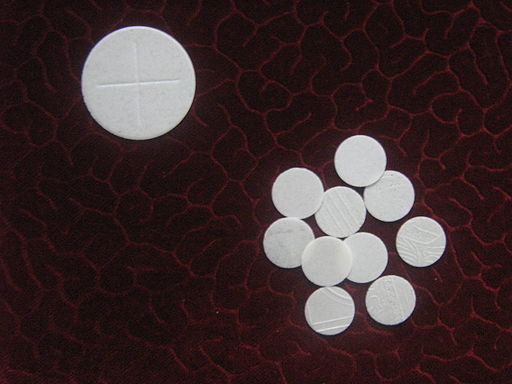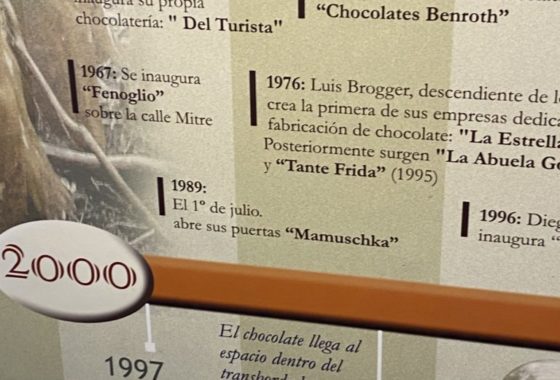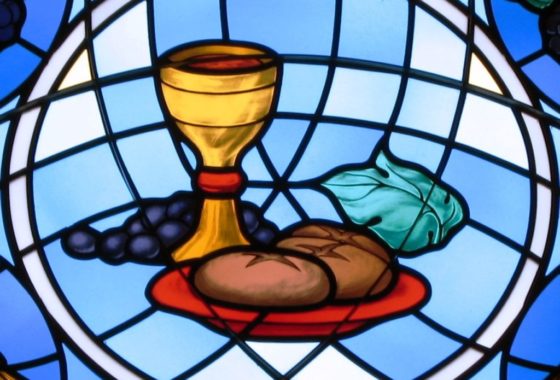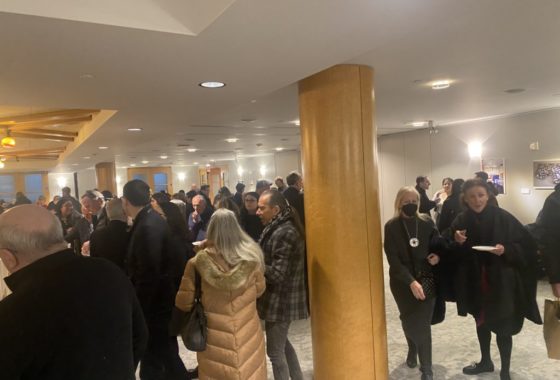
Sunday Yeast Polemics: On the Bread Trail
Leavened bread or not? While some of us may think of Passover, the question applied to Eucharistic bread and created significant division in the early Christian Church. The leavened bread for Sunday use was often baked at home by women. Over time, preferences shifted to clergy, church-produced, breads… and, the Eastern Orthodox Church preferred a sourdough type of bread for worship and the Roman Catholic Church preferred an unleavened flatbread. This became known as the East–West Schism or Great Schism of 1054, with each side threatening excommunication for the other Church’s custom.
What were they thinking? The Orthodox Church, saw the leavened rise of the the communion bread as a manifestation of the vivified or enlivened Church, its followers, and the risen, resurrected Jesus. The Western or Roman Church, on the other hand, preferred unleavened wafers to emulate the matzah of the Last Supper, as understood by the Gospels of Matthew, Mark, and Luke. In addition views such as those of Paul (c. 5–c. 64 or 67) saw leaven as tainted, referring to Christianity as the new, purer, unleavened religion, contrasted with the old dough of Judaism. “Cleanse out the old leaven that you may be a new lump, as you really are unleavened . . . Let us celebrate the festival, not the old leaven, the leaven of malice and wickedness but with unleavened bread of sincerity and truth” (I Cor. 5:7–8).
On the other hand, the different approach of the Eastern Orthodox Church was found in the “Parable of the Leaven” (Matt. 13:33 and Luke 13:20–21). It reflected not only the contemporaneous technique of using starter dough to raise a bread, but also a more positive view of leaven. “The kingdom of heaven is like leaven which a woman took and hid in three measures of flour, until it was leavened.” In this view, the holy kingdom started small and then expanded, promising the growth of Christianity. One of Augustine’s (354–430 CE) sermons compared baptism favorably with leavening: “When you were baptized, you were leavened. When you received the first of the Holy Spirit, you were baked.” Here, leavening describes a more authentic, nobler Christian. But as the controversy grew, Armenian Christians who started using unleavened bread for the Eucharist in the sixth century were accused of Judaizing and were cautioned about eating “at the table of the Jews.”

Ultimately, this question of leavening in the Eucharist was debated at the Council of Ferrara-Florence (1438–1439), where representatives of the divided Church met to discuss reunification. During the debate, John of Torquemada (1388–1468), a Dominican, expounded on the position of the Latin Church that “unleavened bread . . . was what our Savior used at the Last Supper when the Sacrament of the Holy Eucharist was instituted.” In the end, the Council decreed the two forms of bread theologically equal. To this day, leaven still demarcates differences between the Eastern and Western Churches.*
*Originally published in a larger article “The Polemics of Leaven at Passover and Shavuot” in the CCAR Journal: The Reform Jewish Quarterly, Spring/Summer 2021.
Recent Posts
-
On the Chocolate Trail in Bariloche, Argentina
In March, Mark and I finally extended our chocolate trail explorations in celebration of our special anniversary to Bariloche…via Miami, Buenos Aires, Ushuaia, Antarctica, and Buenos Aires again. There were international flights, a cruise, a couple of domestic flights to get there. All of the travel was amazing, but Bariloche, sometimes called the chocolate capital
Read more › -
Sunday Yeast Polemics: On the Bread Trail
Leavened bread or not? While some of us may think of Passover, the question applied to Eucharistic bread and created significant division in the early Christian Church. The leavened bread for Sunday use was often baked at home by women. Over time, preferences shifted to clergy, church-produced, breads… and, the Eastern Orthodox Church preferred a
Read more › -
Sweet Treat: Chocolate and the Making of American Jews
You may wonder: how did chocolate help define American Jews? Through chocolate, we see that Jews were part of America since its earliest days. Well, since 1701 at least, Jews in the Colonies made part of their living through chocolate. Several Sephardim, leaders of their New York and Newport Jewish and secular communities, participated in
Read more › -
How About Some Uterus Challah?
When Logan Zinman Gerber felt enraged about the loss of reproductive rights in the U.S., she baked challah. Not any challah. She shaped it into a uterus. It wasn’t long after the birth of her daughter that Gerber, a longtime challah baker and staff member of the Religious Action Center of the Reform movement, considered
Read more ›
Some Previous Posts
(in alphabetical order)
- "Boston Chocolate Party" Q&As with Deborah Kalb
- 2022 Media for The "Boston Chocolate Party"
- A Manhattan synagogue explores the rich, surprising history of Jews and chocolate
- About Rabbi Deborah Prinz
- Baking Prayers into High Holiday Breads
- Boston Chocolate Party
- Digging into Biblical Breads
- Exhibit Opens! Sweet Treat! Chocolate & the Making of American Jews
- For the Easiest Hanukah Doughnuts Ever
- Forthcoming! On the Bread Trail
- Funny Faced Purim Pastries
- Good Riddance Chameitz or, The Polemics of Passover's Leaven
- How About Some Uterus Challah?
- Injera*
- Jewish Heritage Month: Baseball & Chocolate!
- Matzah - But, the Dough Did Rise!
- Plan a Choco-Hanukkah Party: 250th Anniversary Tea Party
- Prayers Into Breads
- To Shape Dough: A Trio of Techniques
Archives
2025
▾- All
2024
▾- January
- February
- March
- May
- July
- All
2023
▾- March
- April
- May
- June
- August
- November
- December
- All
2022
▾- February
- April
- November
- December
- All
2021
▾- March
- April
- October
- November
- All
2020
▾- April
- May
- June
- October
- December
- All
2019
▾- January
- February
- April
- May
- July
- August
- September
- October
- December
- All
2018
▾- February
- March
- April
- May
- July
- September
- October
- November
- December
- All
2017
▾- January
- February
- March
- July
- September
- October
- November
- December
- All
2016
▾- January
- February
- March
- May
- July
- August
- October
- November
- All
2015
▾- January
- February
- March
- May
- June
- July
- September
- November
- All
2014
▾- February
- April
- May
- June
- August
- September
- November
- All
2013
▾- March
- April
- May
- June
- July
- September
- November
- All
2012
▾- January
- February
- March
- April
- September
- October
- November
- December
- All
2011
▾- April
- July
- August
- October
- November
- All
2010
▾- January
- February
- April
- July
- August
- September
- October
- All
2009
▾- January
- June
- July
- August
- October
- All
2008
▾- August
- September
- October
- November
- All
2007
▾- January
- June
- July
- All
2006
▾- November
- December
- All



